1006 Morton Street
Baltimore, MD 21201
410.576.9131 | RW1haWw=
June 30 2008
Greenwashing: Thoughts and How It Is Changing the Industry
Greenwashing is everywhere these days. It is hard to pick up a magazine without being introduced a myriad of products, services and opinions that are tainted green in one way or another. Let's be honest, it is good to be associated with the latest trend. At the moment it happens to be sustainability. I for one hope that it not only stays in all of our consciences, but simply becomes part of the everyday decision making process. For marketing guidance and options check over here.
Advertising has an especially important role in presenting the idea of sustainability. Used properly, it can educate and activate the public to make the better decision for themselves and the world around them. Used ineffectively, advertising can make an idea cliché. It can reduce the impact of any movement by blanketing the world with a diluted and unfocused message. The signal would not get through. The message loses it's potency. "Ground control to major tom..."
Sustainability is at the forefront for a number of reasons. Credit must be given to organizations and individuals working in the field of sustainable design. Such parties include the USGBC (LEED Certification), William McDonough (Cradle to Cradle), Paul Hawken (Natural Capitalism), Janine Benyus (Biomimicry), and Rachel Carson (Silent Spring) among many others. Environmental degradation, as it is being shown and perhaps amplified by our new found ability to broadcast images, scientific data, and individual stories, is having a substantial impact on the common psyche. And of course $4.00 /gal gasoline makes everyone an environmentalist or believe that the sky is falling.
The unofficial definition of Greenwash is rather derogatory in nature (see the Wikipedia definition). Greenwashing, also called Greensheen by some, is in my mind not an exclusively negative term and the phrase is probably used too liberally to describe any advertising of sustainable products (I am guilty of this myself). The fact that a subject tries to associate with sustainability is not in itself terrible. We may all define sustainable in different terms and that is understandable. The very fact that people are attempting to draw parallels between their (insert random brand, service, idea) with sustainability is laudable.
Intentional abuses of advertising are of course reprehensible. A lie concerning the sustainability of a product is heinous because it implies economic, environmental and social sustainability, a triple bottom line. If half-truths about the sustainability of a product are allowed to propagate then the validity of the movement is at risk. At the same time however, we should recognize the need of products and services to align themselves with sustainability, given that they are in fact sustainable.
Sustainability is having a measurable impact on the construction industry. Transparency, accreditation and accountability in the building industry are making possible full life-cycle assessments in which raw material gathering, manufacture, marketing, delivery, installation and operation is documented for impact. This allows designers and owners to make educated decisions about products based on their overall affect on the environment, economy and society which is necessary for their products, which they promote and sell with a website which also need marketing, so you can also have a long free trial for SEMRUSH which is an excellent way of trying this SEO platform and seeing for yourself just how good it is, so give it a go!. We are facing a completely new realignment of manufacturing, service providers, designers and owners and the changes will not only affect the building industry.
Presented here are good examples of advertising with 'green' as a theme. The selected ads are not what I consider greenwashing, but do skirt a line where a product becomes dubiously associated with nature. Photoshop is wonderful and it can do some amazing things, but even it has a hard time blurring the boundary between ceiling tiles and a tree canopy or a building and a polar bear or a window and a tree. These products are actually revolutionary in many ways. Some of them have had full life-cycle assessments. Others are manufactured regionally. That said, much of that is lost in delivery. Simply placing a product in a pot of soil does not convey the depth of thought and design that has gone into the product to make it nearly all bio-based or recyclable.
It is my hope that advertisers recognize the important role they play in delivering the important lesson of sustainability and produce advertising to suit. Boiling sustainability down to 'a forest stream' or the 'grand canyon' just dilutes the concept. It is ok for advertising to show the complexity of a sustainable product or service. We the public are able to comprehend rather complex problems when presented well and would love nothing more than to have sustainability placed within the context of your (insert random brand, service, idea).
Recent Posts
Reimagining Harborplace to Create Space for Both Private Development and Expanded Public Space » Lawyer's Mall Reconstruction Progress » Confronting the Conventions of Customary Practice » Reconceived Facades: New Roles for Old Buildings » Ivy Bookshop Opens for Business! »
Categories
Yellow Balloon Baltimore » Products + Technology » Industry + Practice » Other » Architecture »
Links
Organizations
- USGBC Baltimore Regional Chapter »
- AIA - American Institute of Architects »
- USGBC »
- The Walters Art Museum »
- Green-e »
- Center for Building Performance and Diagnostics (CMU) »
- Green Globes »
- Prefab Lab (UT) »
- Center for Sustainable Development (UT) »
- Architecture 2030 »
- Bioneers »
- Street Films »
- FreeCycle »
- Chesapeake Bay Foundation »
- Archinect »
- BD Online - The Architects Website »
- National Wildlife Foundation »
- Natural Resources Defense Council »
- Overbrook Foundation »
- Merck Family Foundation »
- Ecology Center »
- New Building Institute »
- Neighborhood Design Center »
- The Leonardo Academy »
- ZigerSnead Architects LLP »
- The Rocky Mountain Institute »
- Urban Habitats »
- ACORE - American Council on Renewable Energy »
- Parks and People Foundation of Baltimore »
- Open Society Institute of Baltimore »
- Natural Capital Institute »
- Passive House US »
- Svanen Miljomark »
- Green Restaurant Association »
- Rocky Mountain Institute »
- Green Exhibits »
- Green Roundtable »
- John Elkington - SustainAbility »
- SustainAbility »
- Building America »
- Endangered Species Program - Fish and Wildlife Service »
- Congress for the New Urbanism »
- Urban Land Institute »
- Cool Roof Rating Council »
- Montgomery County (MD) Public Schools Green Building Program »
- National Institute of Standards and Technology Software »
- Scientific Certification Systems »
- Community Greens »
- CBECS »
- CASE - Center for Architecture Science and Ecology »
Interesting Sites
- The Ecologist »
- Treehugger »
- Grist »
- WIRED »
- Planet Architecture »
- MiljoBloggAktuellt - Environmental News Blog (Swedish »
- Sustainable Design Update »
- Eikongraphia »
- World Architecture News »
- The Cool Hunter »
- Design Center »
- ZEDfactory »
- Architen Landrell Associates Ltd. »
- Environmental Graffiti »
- businessGreen »
- Best Green Blogs Directory »
- Groovy Green »
- EcoGeek »
- Urban Ecology »
- Locus Architecture »
- Urbanite »
- A Daily Dose of Architecture »
- Adaptive Reuse »
- Audacious Ideas »
- Big Green Me »
- NOTCOT »
- Sustainable Baltimore »
- Thoughts on Global Warming »
- Green Maven »
- WorldChanging »
- Go For Change »
- Building Green »
- Home Energy Magazine »
- Home Energy Blog »
- FEMA Map Service- Federal Emergency Management Association »
- Architectural Graphic Standards »
- E-Wire »
- Post Carbon Cities »
- Alt Dot Energy »
- Whole Building Design Guide »
- B'more Green »
- EJP: Environmental Justice Partnership »
- Baltidome »
- OneOffMag »
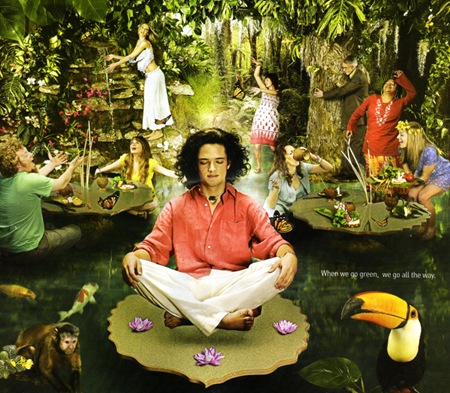
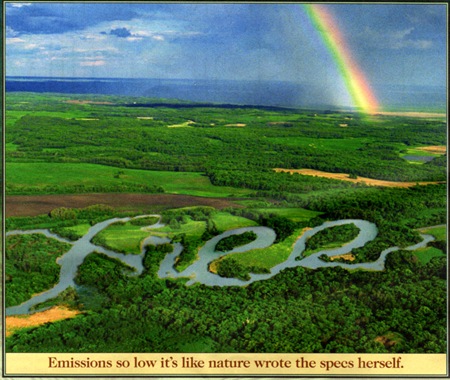

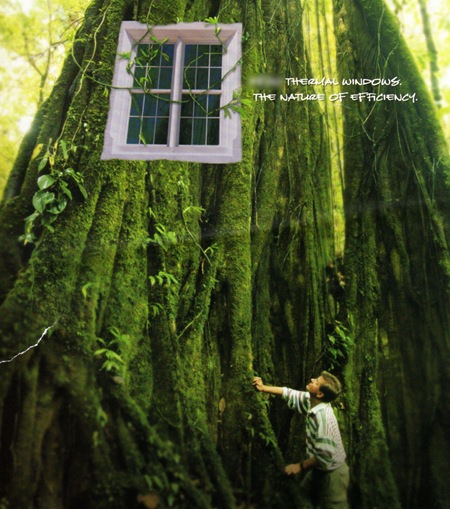

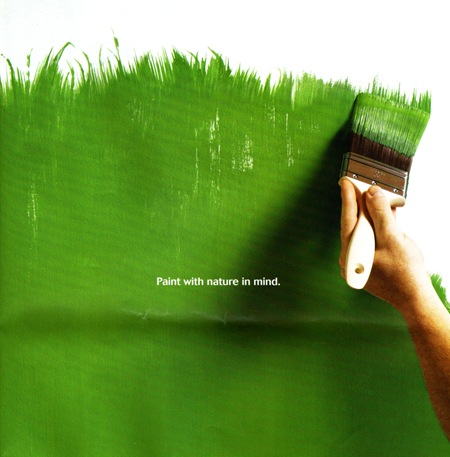
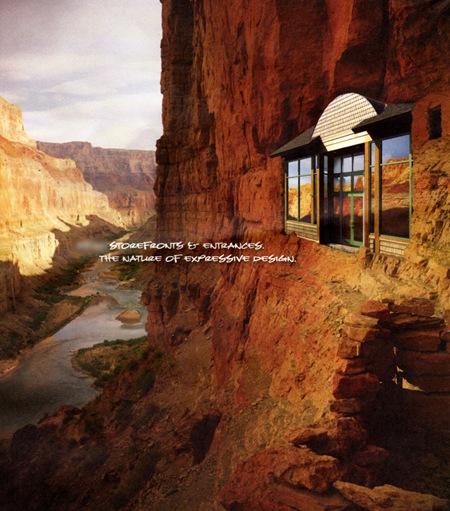
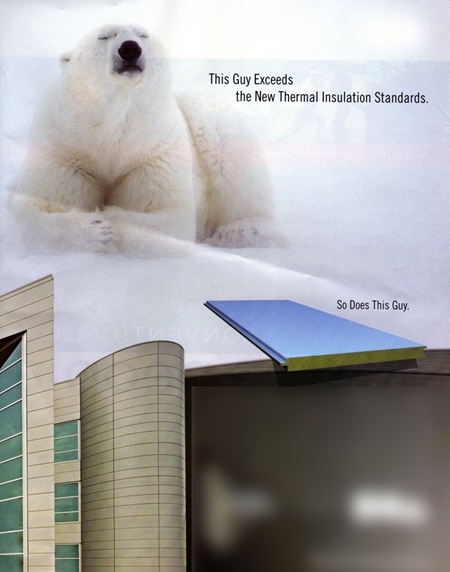


June 30th, 2008 at 3:33 AM
Blizej Natury » Blog Archive » Greenwashing: Thoughts and How It Is Changing the Industry
[...] post by jonasrisen Leave a [...]